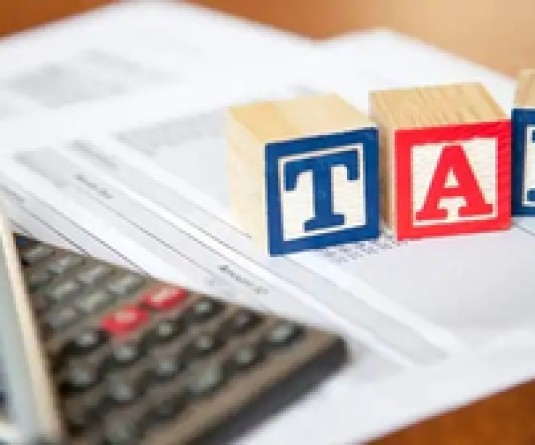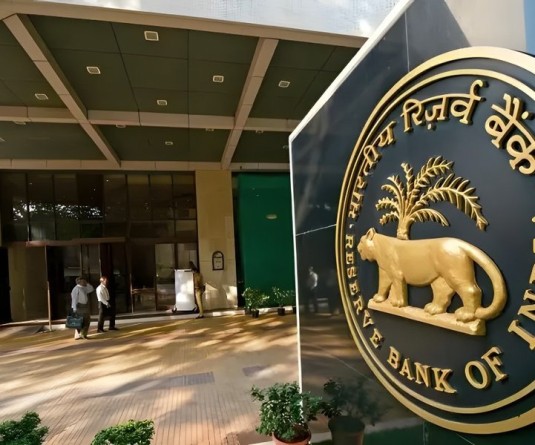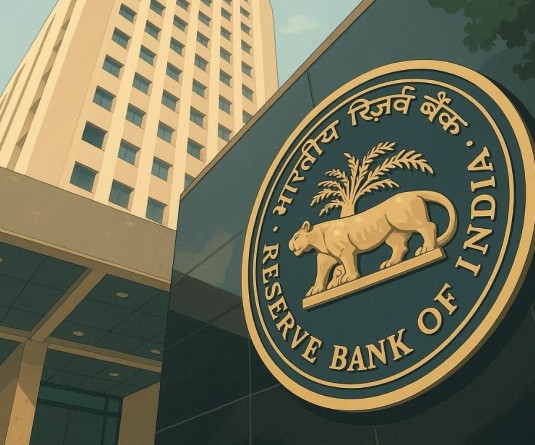IANS Photo

New Delhi, April 14 (IANS) The week gone by had four trading sessions in which markets gained on two and lost on two. At the end of it all, benchmark indices ended virtually flat but gave loud indications that all is not well.
As one reads the news, Iran has attacked Israel with suicide drones and missiles and also declared that as far as they are concerned this was in retaliation to the attack on their embassy, and it's all over. While the UN Security Council has called for an emergency session which will be held late in the night, the outcome would be known only when one reads the newspapers tomorrow or the Internet.
BSESENSEX lost 3.32 points or 0.00 per cent to close at 74,244.90 points while NIFTY lost 5.70 points or 0.03 per cent to close at 22,519.40 points. The broader markets saw BSE100, BSE200 and BSE500 gain 0.22 per cent, 0.12 per cent and 0.15 per cent. BSEMIDCAP gained 0.19 per cent while BSESMALLCAP lost 0.35 per cent.
What is significant is the fact that new highs were made on the first two days of the week. The high on BSESENSEX was 75,124.28 points while it was at 22,775.70 points on NIFTY. Looking at the developments, which will be discussed later, for the immediate week, these highs look too far away and unlikely to be crossed in a jiffy.
The Indian Rupee lost 11 paise or 0.13 per cent to close at Rs 83.41 to the US Dollar. Dow Jones too had a torrid week and lost on four of the five trading sessions and was flat on one. Suffice to say that at the present moment, the high of 39,887 points made on March 21 looks like a distant dream.
Rate cuts, an expectation which was driving markets, have been dashed to the ground. This has happened because the economy is in fine fettle and inflation which has been a key concern, is refusing to moderate. In such a scenario, rate cuts in the immediate short term should be ruled out.
Our markets began their upward journey with expectation of results for the five state assemblies which were to be declared in the first week of December 2023. The benchmark indices on Friday, November 24, 2023, were at 65,970.04 points on the BSESENSEX and 19,794.70 points on NIFTY.
At the end of the next week on December 1, they had moved to 67,481.19 points and 20,267.90 points. Exit polls were announced post-market closing on Friday, December 1, and results were declared on Sunday, December 3. In the week ended Friday, December 8, markets had moved to 69,825.60 points and 20,969.40 points respectively.
Gains in the two-week period were 3,855.56 points or 5.84 per cent in BSESENSEX and at 1,174.70 points or 5.93 per cent on NIFTY. Since then we have moved up much further, discounting the outcome of the general elections and gaining another 6.3 per cent on the BSESENSEX and 7.39 per cent on NIFTY.
Call it by any name, markets need a correction as there is virtually no space for further upside right away.
Shares of Bharti Hexacom Limited who had issued shares at Rs 570, were listed on Friday, April 12. Shares ended day one with a fantastic appreciation and closed at Rs 813.75, a gain of Rs 243.75 or 42.76 per cent. The issue was an OFS of 15 per cent of the equity capital which was offered by the Government of India. The remaining 15 per cent of the equity or 7.5 crore shares are locked in for six months from the date of listing. One could be sure that looking at the share performance, the government would look to sell these shares when the opportunity arose.
In what could be termed as sheer coincidence, Vodafone Idea Limited, yet another telecom player is tapping the capital markets with its follow-on offer for Rs 18,000 crore in a price band of Rs 10-11. The issue would open on Thursday, April 18, and close on Monday, April 22.
The share price on BSE closed at Rs 12.96. The top end of the band offers an arbitrage of Rs 1.96 or 17.8 per cent while at the lower end of the band, the arbitrage is Rs 2.96 or an attractive 29.6 per cent.
The company has allotted shares worth Rs 1,200 crore to a vendor, ATC, a tower company towards pending dues at Rs 10. This was done about three weeks ago and I strongly believe this should be the price at which the company would allot shares to all applicants.
The present shareholding of the company is 32.3 per cent for the Vodafone group, 18.1 per cent for the Aditya Birla group and 33.1 per cent for the Government of India, while the public shareholders hold 16.5 per cent.
This issue would keep the markets engrossed and there would be various arbitrage opportunities available. While the share is traded in futures and options, it is currently in the banned stage as overall exposure has crossed the limits of the exchange for the scrip.
The Mauritius double tax treaty has seen a change being introduced where the PPT (principal purpose test) has been made a key for the purpose of lower tax being applicable or not.
The ramifications of this treaty are yet to be known, but on the very first day itself, there was large selling by FPIs who sold shares worth Rs 8,000 crore on a net basis. Details of the policy have begun to trickle in on Friday.
The current global scenario, US FED and expectations of interest rates being cut being dashed, geo-political news being disturbed with first Ukraine-Russia, then Israel and Gaza and now Israel and Iran with the Houthis thrown in as a bonus, is keeping the pot boiling.
Crude is once again threatening to move towards the three-digit mark with gold having made a new high. All of this points to uncertain times and the fact that global markets cannot make new highs in such times. We need stability and a period of consolidation.
TCS has declared results for the 4th quarter and year ended March 24. There is improvement and order flows have certainly improved.
Looking at the large size of TCS, one cannot take this as indicative of the entire IT space and one certainly needs to know how the mid-tier and small IT companies would fare. One would have to wait for results from some more companies before coming to a decision.
Coming to the markets, expect them to remain volatile and under pressure. As of the time of writing this article, all indications are towards a gap-down opening on Monday.
One will have to burn the midnight oil or have an early rise tomorrow to see the outcome of the UN Security Council special session outcome. Irrespective of anything, there is an escalation of tension and this leads to uncertainty. Uncertainty is bad for markets.
The strategy for the week ahead, which has four trading sessions with a festival holiday on Wednesday, is to sell on sharp rallies and buy only on sharp dips. The focus should be on large-cap and select mid-cap stocks.
As markets are overdue for correction and consolidation, allow markets to find their own levels. There is no need to push the pedal in buying. Trading and buying opportunities would be available.
In terms of resistance, the highs made on Tuesday at 75,124 and 22,775 points acted as strong resistance. Similarly, the previous lows made at 21,900 points and around 72,000 points would act as strong supports.
Trade cautiously.






